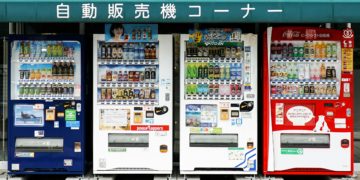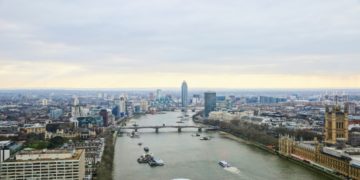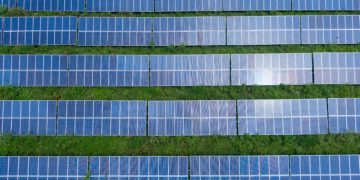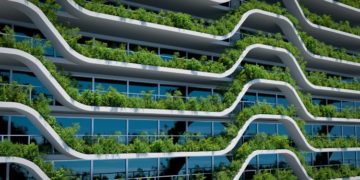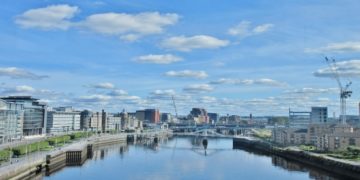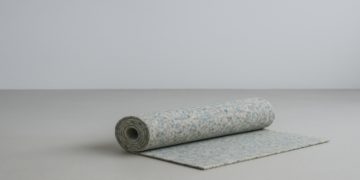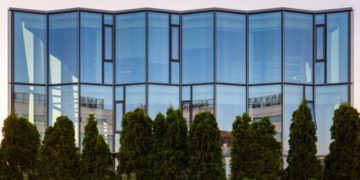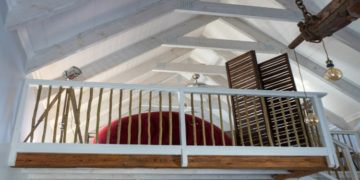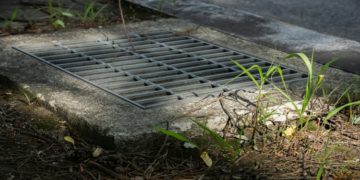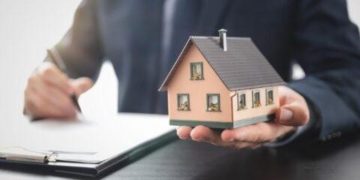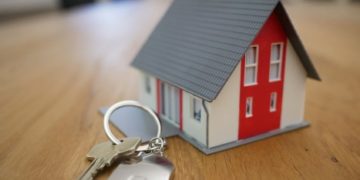Workplace injuries can have a significant impact on an individual’s life, affecting their physical health, financial stability, and overall well-being. Fortunately, WorkCover provides compensation to injured workers, helping them recover and return to work. However, navigating the WorkCover claims process can be complex, and having expert legal assistance is crucial. This is where AMK Lawyers comes in, offering professional legal support for WorkCover claims in Brisbane.
What is WorkCover?
WorkCover is a statutory insurance scheme designed to provide financial and medical assistance to employees who suffer work-related injuries or illnesses. It covers various expenses, including medical treatments, rehabilitation, lost wages, and compensation claim for an injury at work. However, claimants must follow specific procedures and meet eligibility requirements to receive compensation.
Common Challenges in WorkCover Claims
Many injured workers face obstacles when filing a WorkCover claim, such as:
- Claim Rejections: WorkCover may deny claims due to insufficient evidence or disputes over the injury’s work-related nature.
- Delayed Payments: Processing delays can leave injured workers struggling to cover medical bills and daily expenses.
- Employer Disputes: Some employers may challenge claims, arguing that the injury was pre-existing or not work-related.
- Pressure to Return to Work: Injured workers may feel pressured to resume duties before they are fully recovered, risking further health complications.
Why You Need a WorkCover Lawyer
Seeking legal representation can make a significant difference in the outcome of a WorkCover claim. A lawyer specializing in WorkCover cases can:
- Ensure all necessary documentation is properly submitted.
- Advocate for your rights in case of claim disputes.
- Negotiate fair compensation for medical costs, lost income, and long-term care.
- Represent you in court if necessary.
How AMK Lawyers Can Assist You
AMK Lawyers is a trusted legal firm with extensive experience handling WorkCover claims in Brisbane. Their team of dedicated professionals provides personalized legal support to injured workers, ensuring they receive the compensation they deserve. The firm offers:
- Comprehensive Case Evaluation: They assess your case thoroughly and guide you on the best course of action.
- Expert Negotiation: Their lawyers handle all communications with WorkCover and employers to secure a favorable outcome.
- Litigation Support: If your claim is unfairly denied, they will represent you in court and fight for your rights.
Conclusion
Workplace injuries can be life-altering, but with the right legal support, you can navigate the WorkCover claims process smoothly and receive the compensation you need. If you are facing challenges with your WorkCover claim in Brisbane, seeking the expertise of AMK Lawyers can make all the difference. Contact them today for a consultation and take the first step toward securing your legal rights and financial stability.










